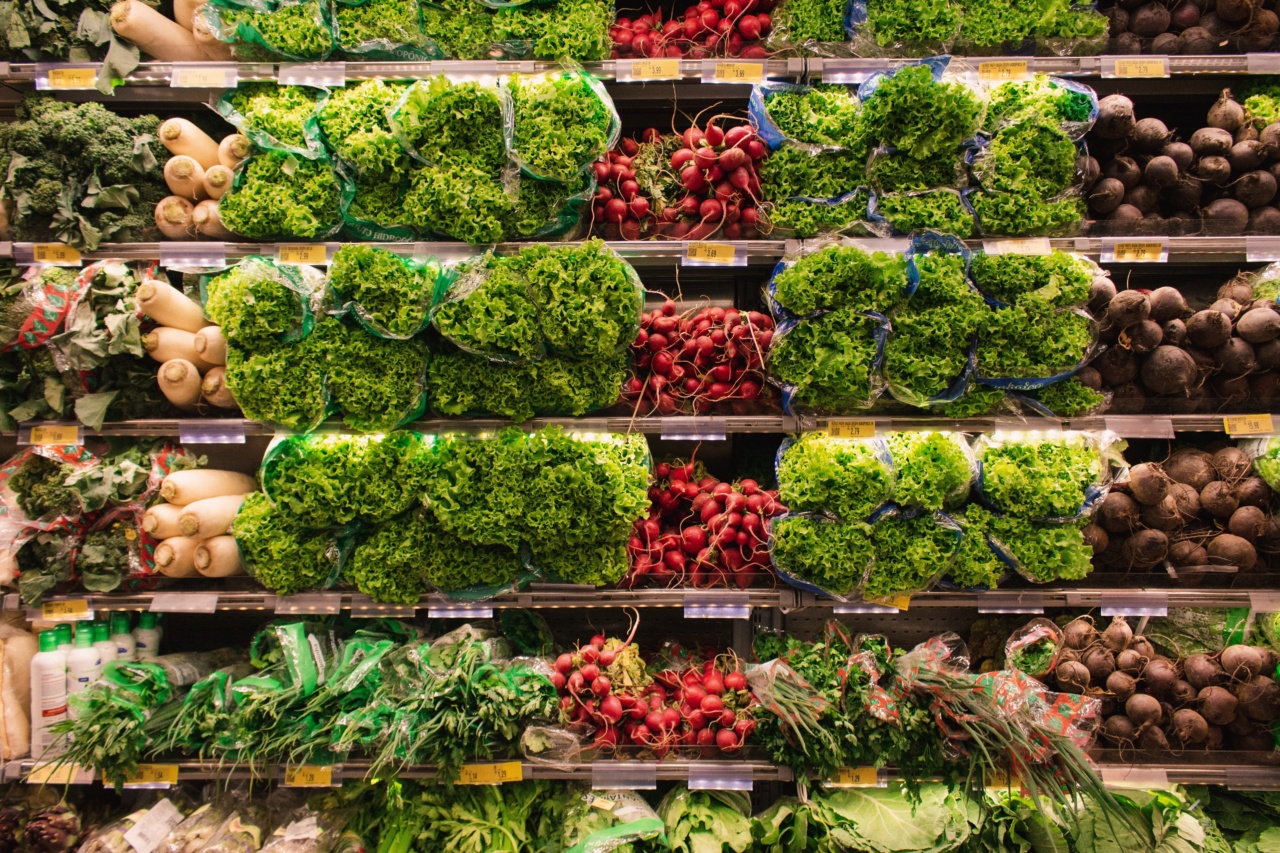Eating healthy is not just a matter of consuming foods that are good for your body, but also a matter of how you source those foods.
Food shopping can be a daunting task, especially when trying to make choices that are healthy, sustainable, and budget-friendly. In this ultimate guide to food shopping, we’ll provide you with tips and tricks for making healthier food choices and navigating the grocery store aisles with ease.
Knowing What to Buy
The first step to healthy food shopping is knowing what to buy. This means having a good understanding of the different types of foods that you should be including in your diet.
A balanced diet should include a variety of fruits and vegetables, lean proteins, complex carbohydrates, healthy fats, and fiber-rich whole grains.
Foods that are high in saturated and trans fats, added sugars, and sodium should be limited or avoided altogether. Processed foods, including packaged snacks, sweetened drinks, and ready-to-eat meals, are often loaded with these unhealthy ingredients.
Instead, opt for whole, unprocessed foods that are as close to their natural state as possible.
Planning Your Meals
Before you head to the grocery store, it’s important to have a plan. This means planning your meals for the week ahead and making a list of the ingredients that you’ll need.
Not only will this help you to avoid impulse purchases and save money, but it will also ensure that you have everything you need to make healthy, nutritious meals.
When planning your meals, aim to include a variety of different foods from all of the food groups. This will ensure that you’re getting all of the nutrients that your body needs, and it will also help to keep your meals interesting and flavorful.
Choosing Quality Foods
When it comes to choosing healthy foods, quality is just as important as quantity. This means looking for foods that are fresh and in season, as well as those that are free from pesticides, hormones, and antibiotics.
When shopping for fruits and vegetables, choose varieties that are in season and grown locally whenever possible. These foods are often fresher and more flavorful, and they also support local farmers and help to reduce your environmental impact.
When shopping for meat, poultry, and fish, look for options that are free from hormones and antibiotics, and choose lean cuts that are lower in saturated fat. Grass-fed beef, pasture-raised poultry, and wild-caught fish are all good options.
Reading Labels
When shopping for packaged foods, it’s important to read the labels carefully to make informed choices. Check the ingredients list for added sugars, sodium, and unhealthy fats, and look for products that are lower in these ingredients.
Also, pay attention to the serving size and the number of servings per container. This will help you to determine how much of the food you should be eating, and it will also help you to compare different products more easily.
Shopping the Aisles
When navigating the grocery store, it’s important to pay attention to the layout and organization of the aisles. Healthy foods are often found on the perimeter of the store, while less healthy options are typically found in the center aisles.
Start by stocking up on fresh produce, lean proteins, and whole grains in the produce, meat, and bakery sections. Then, move on to the dairy and frozen sections for items like low-fat dairy products and frozen fruits and vegetables.
Finally, venture into the center aisles for pantry staples like beans, nuts, and whole-grain pastas.
Healthy Eating on a Budget
Eating healthy can sometimes be perceived as expensive, but it doesn’t have to be. By sticking to whole, unprocessed foods and shopping strategically, it’s possible to eat healthy on a budget.
Start by planning your meals and making a list before you head to the grocery store. Stick to your list and avoid impulse purchases. Also, look for sales and discounts on healthy foods, and buy in bulk when it makes sense.
Consider purchasing store-brand items, which are often just as nutritious as their name-brand counterparts but cost less. And don’t forget to take advantage of coupons and other promotions to save even more money.
Conclusion
Food shopping can be overwhelming, but by following these tips and tricks, you can make healthier choices and navigate the grocery store with ease.
Remember to plan your meals, choose high-quality foods, read labels carefully, and shop strategically to save money. With a little bit of effort and know-how, you can make healthy eating a regular part of your lifestyle.






























